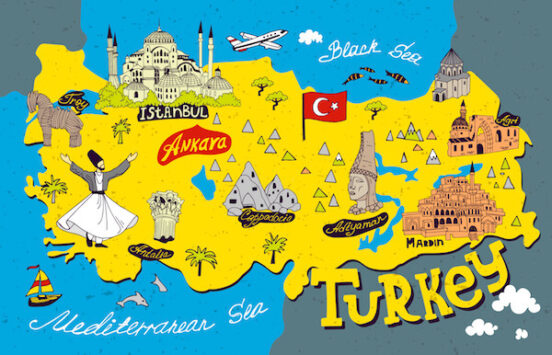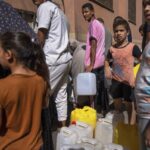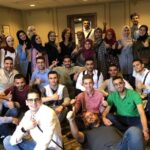Throughout the course of this semester I will be doing a deep dive into Turkey. For my first post I wanted to introduce the country and provide some quick facts.
Turkey is located partially in Asia and partially in Europe, acting as a bridge between the two continents. It has a population of over 85 million people. While there are ethnic minorities in the country such as the Kurdish, Crimean Tatar, and Arab people they have no official recognition in the Turkish constitution and all citizens are seen as “Turks”, an umbrella term to encompass all races and religions in Turkey.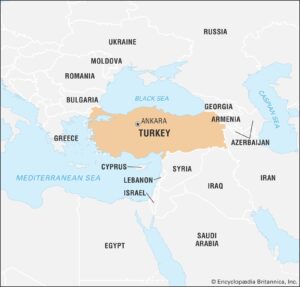
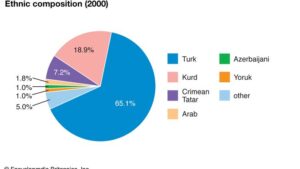
Turkey is a secular state, meaning they have no official religion. However, the vast majority of the population is Muslim (about 90%). The remaining religious population is primarily Jews and Christains.
Turkey has access to many natural resources. They are the second largest producer of coal in the Middle East and also have small oil deposits. Furthermore, about a third of Turkish land is used for agriculture meaning exported agricultural goods contributes substantially to their economy. Turkey also runs many manufacturing clusters within their country such as tobacco, textiles, chemicals, and clothing. Most of Turkish trade happens with Europe, Russia, and China. Turkish Middle Eastern trade happens primarily with United Arab Emirates, Israel, and Algeria.
Turkish operates with a parliamentary government accompanied by a strong president, which will be the focus of my next blog post. The current president is Recep Tayyip Erdoğan who has held office since 2014 and is the first president to serve under Turkey’s new executive system. He was previously the 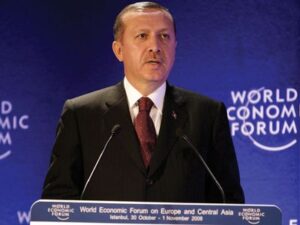 prime minister from 2003-2014 until the title was changed to president in 2014, almost ceremoniously. He formed and is a member of the “Justice and Development Party” (AKA) which holds a majority of parliament. He has continually used this majority to his advantage in attempts and successes in expanding presidential powers in Turkey. In 2016 there was a military coup attempt on his presidency resulting in the death of 300 civilians and a massive government witch hunt for coup sympathizers resulting in the imprisonment and unemployment of many civilians.
prime minister from 2003-2014 until the title was changed to president in 2014, almost ceremoniously. He formed and is a member of the “Justice and Development Party” (AKA) which holds a majority of parliament. He has continually used this majority to his advantage in attempts and successes in expanding presidential powers in Turkey. In 2016 there was a military coup attempt on his presidency resulting in the death of 300 civilians and a massive government witch hunt for coup sympathizers resulting in the imprisonment and unemployment of many civilians.
Finally and most importantly, the Turkish media has a fascinating structure. The media within Turkey is primarily pro-government outlets. While a few critical media outlets exist they are incredibly limited and barely circulated. If critical of the Turkish government, outlets and journalists can face criminal charges such as propaganda for terrorist organizations. Furthermore, Kurdish media is often blocked and Kurdish journalists jailed. While the primary medium for Turkish media is television the majority of the Turkish population is on social media. However in 2020 the Turkish government passed a law allowing the government to intensely regulate social media meaning that even social media is not a unrestricted medium.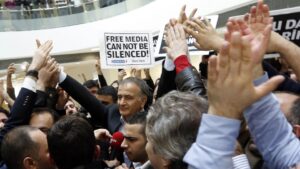
Sources:
https://www.britannica.com/place/Turkey/Demographic-trends#ref44475
https://www.bbc.com/news/world-europe-17992011
https://www.britannica.com/biography/Recep-Tayyip-Erdogan
